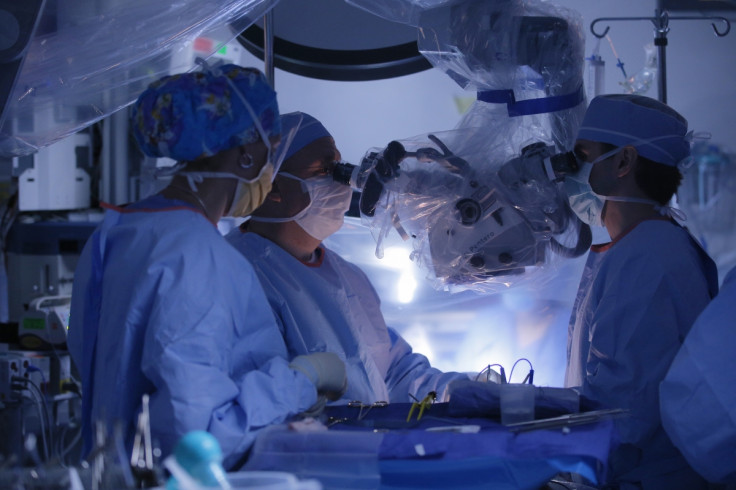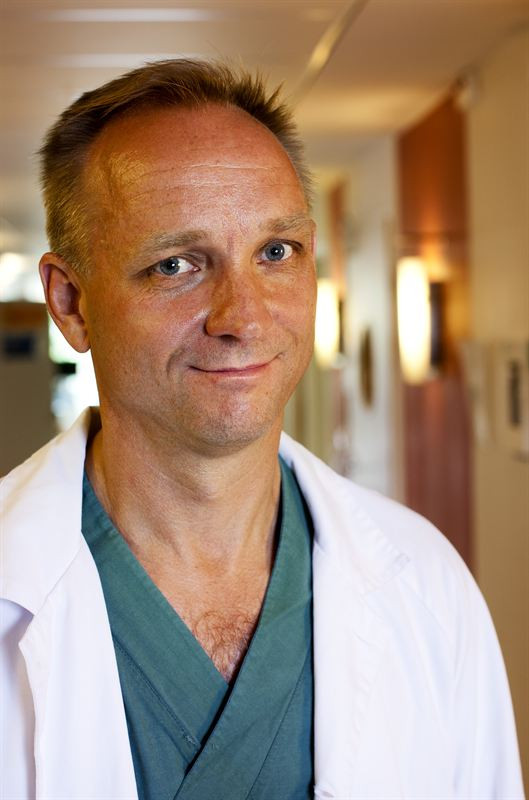Womb Transplant Medical First as Woman Gives Birth to Healthy Baby
Unidentified Swedish woman gives birth to healthy boy after a friend donated her live womb

In what is thought to be a medical first, a 36-year-old Swedish woman who received a womb transplant from a close family friend has given birth to a healthy baby boy.
The woman, who has not been named, was born without a uterus – a condition which afflicts one in 4,500 women. However, she did possess healthy ovaries, making the operation possible. She is a competitive athlete, and in good health.
A 61-year-old "close family friend" donated her live womb to the recipient, whose eggs were harvested, fertilised and cryogenically frozen. After a year an early-stage embryo was implanted in the woman's womb. The procedure was successful and the woman gave birth by caesarean section at 31 weeks. The baby weighed 3.9 lbs. Mother and child are now healthy and at home.

"It was a pretty tough journey over the years," said the baby's father in a telephone interview reported in The Guardian, "but we now have the most amazing baby. He is very, very cute, and he doesn't even scream, he just murmurs."
The woman is one of nine to be the recipients of womb transplants by the same team at the obstetrics and gynaecology department at the University of Gothenburg led by Dr Mats Brannstrom.
"The baby is fantastic," said Dr Brannstrom, who delivered the baby with his wife, a midwife. "But it is even better to see the joy in the parents and how happy he made them."
University of Gothenburg gynaecology surgeon Liza Johannesson said: "I think it can have major impact, huge impact, because it actually gives hope. And it gives hope to those women and men also, of course that thought they would never have a child."
Surgeons in the UK are believed to be generally opposed to the procedure due to the risk involved and it not being a life-saving operation. Previous attempts to implant wombs in Turkey and Saudi Arabia have not resulted in live births and countries planning to attempt the procedure are planning to use wombs from deceased donors rather than from living women.
© Copyright IBTimes 2025. All rights reserved.






















